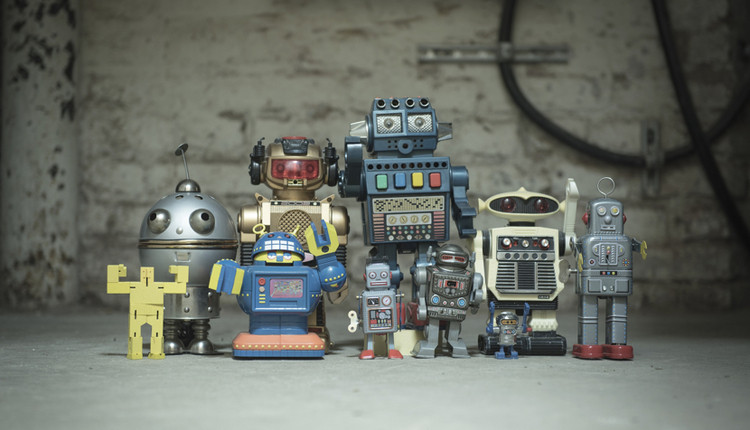
Image by: AlexandrBognat, ©2016 Getty Images
I recently saw a local news story reporting that Connecticut is running out of landfill space, and disposing of trash is going to cost more. So it seems the days of easy and low-cost trash disposal (at least in Connecticut) are in the rearview mirror.
We all know that physical mail requires trees, water, and energy to produce and transport mail, not to mention the greenhouse emissions as a byproduct. Even the US Postal Service (USPS) recognizes the problem and has started a new service for mail recycling. The USPS’s BlueEarth Secure Destruction service is a way for businesses to reduce the carbon footprint of the mailing industry.
Undeliverable, automated First-Class Mail can be intercepted (using the Intelligent Mail barcode) and destroyed at a secure postal facility, with no additional charge.
According to the USPS,
Wow, that sure sounds like a success and a win-win for companies and the environment. The only question I have is, "How much larger could the benefits be if the physical mailpiece was never created in the first place?"
For example, every 100,000 (1/2 ounce) letters using 50% recycled materials created:
The benefits of e-delivery are significant. Not only can businesses reduce the cost for customer communications and billing by over 60% and reduce payment time by three-plus, switching to e-delivery also helps the environment. A pretty good formula if you ask me.
“Reductions of the 1.4 billion pieces of return-to-sender mail handled by the Postal Service each year creates environmental benefits to mailers, the Postal Service, and the mailing industry at large. Environmental benefits include avoided carbon emission (i.e., GHGs) by an estimated average of one metric ton of carbon dioxide equivalent (CO2e) for every 25,000 pieces of carrier-delivered return-to-sender mail that is destroyed. In its first year of operation, the USPS Secure Destruction mail service program successfully intercepted and destroyed over 25.3 million pieces of mail in FY 2015 and recycled over 645 metric tons of securely shredded paper.”
Wow, that sure sounds like a success and a win-win for companies and the environment. The only question I have is, "How much larger could the benefits be if the physical mailpiece was never created in the first place?"
For example, every 100,000 (1/2 ounce) letters using 50% recycled materials created:
- Requires three tons of trees
- Creates 22, 900 gallons of waste water
- Uses 47 million British thermal units (BTUs) of energy—52% of what the average US household uses in one year
The benefits of e-delivery are significant. Not only can businesses reduce the cost for customer communications and billing by over 60% and reduce payment time by three-plus, switching to e-delivery also helps the environment. A pretty good formula if you ask me.
Richard Rosen is the Chief Executive Officer of The RH Rosen Group. The RH Rosen Group works with clients to reduce costs and improve cash flow through paper reduction and process improvements. Contact him at RichR@RHRosenGroup.com.




















